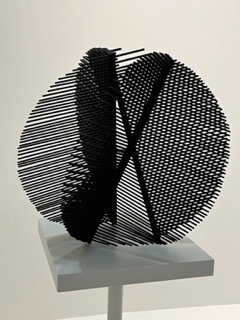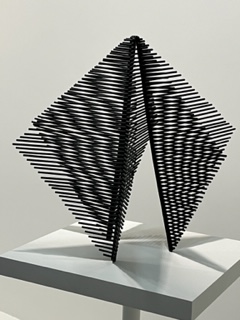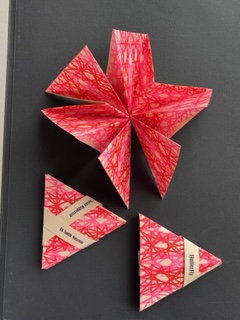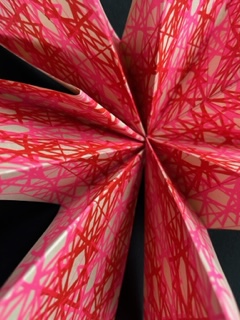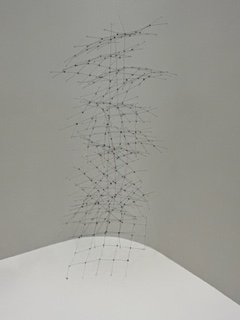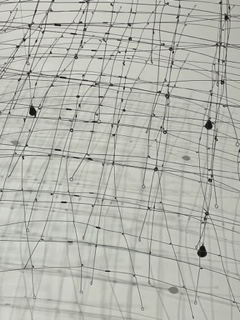I have been lucky enough to be able to travel this Spring. And I have found some Modern Math/Art in Italy.
The Pallazzo Delle Esposizioni Piazza San Martino in Lucca is currently presenting a group show titled “LABIRINTO”, a reference to the ancient stone carving on the Cathedral. The artist Teo Pirisi known as “Moneyless” is exhibiting work from he is blackboard series.
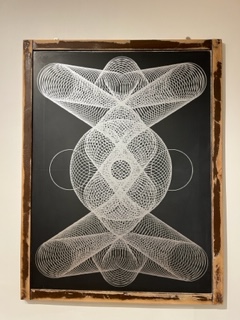
Each of these three works are acrylic on chalk boards. They are created by shifting and copying a circle across the surface. They all feature both horizontal and vertical lines of reflective symmetry.

Lucca is filled with amazing art from numerous centuries, but it was fun to find an exhibition of contemporary art with Mathematical connections.
Susan Happersett



